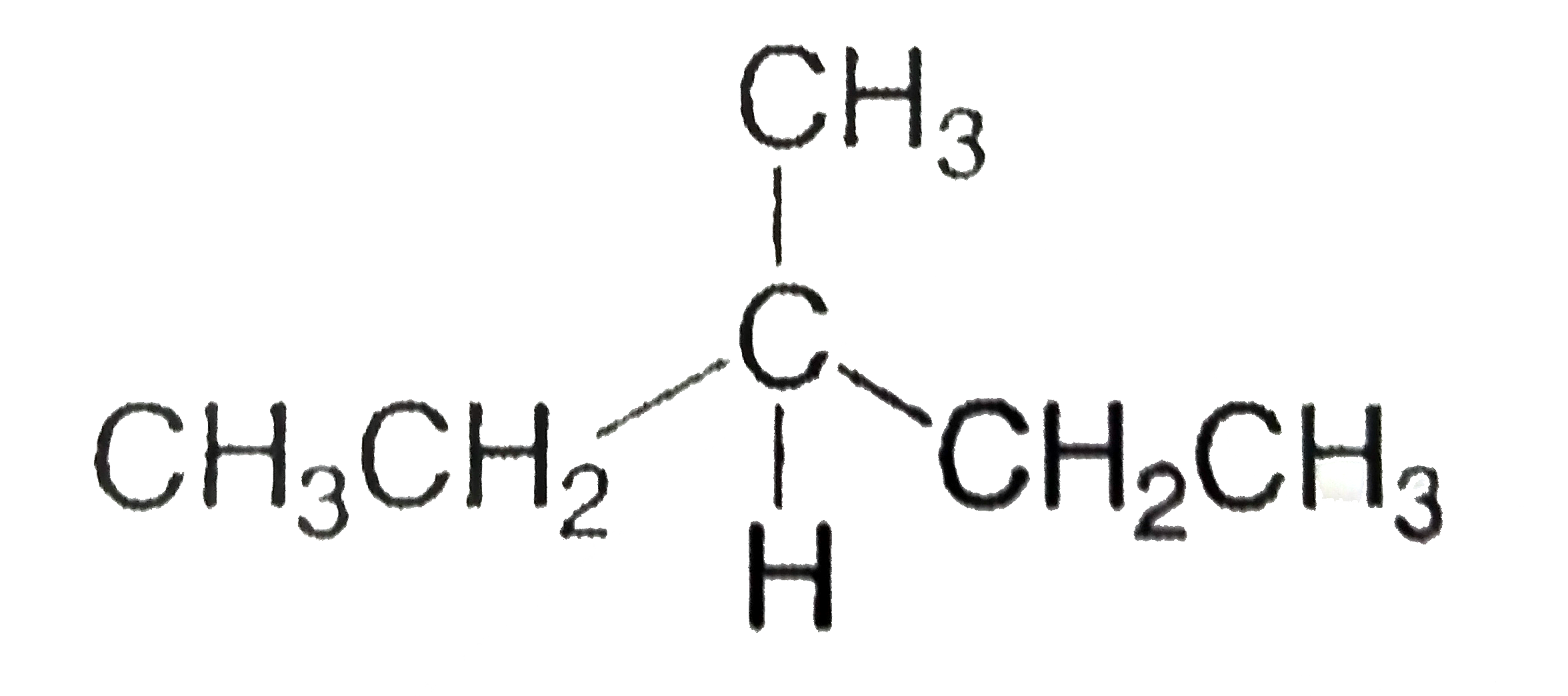The maximum number of possible isomers(including stereoisomers) which may be formed on mono-bromination of 1-methylcyclohex-1-ene using Br2 and UV light is-----------.
To determine the maximum number of possible isomers (including stereoisomers) formed from the mono-bromination of 1-methylcyclohex-1-ene using Br2 and UV light, we can follow these steps:
Step 1: Understand the Structure
1-methylcyclohex-1-ene has a cyclohexene ring with a methyl group attached. The double bond is located between two carbon atoms in the ring.
Step 2: Identify Possible Radical Sites
When bromination occurs in the presence of UV light, it generates bromine radicals. The bromine radicals can abstract hydrogen atoms from the carbon atoms in the cyclohexane ring. The positions where bromine can be added are:
- C1 (the carbon of the double bond)
- C2 (adjacent to the double bond)
- C3 (next to C2)
- C4 (next to C3)
- C5 (next to C4)
Step 3: Determine Chiral Centers
For each position where bromination can occur, we need to check if the resulting compound has a chiral center:
- Bromination at C1: This will not create a chiral center as it is part of the double bond.
- Bromination at C2: This creates a chiral center because it is attached to four different groups (Br, H, CH3, and the rest of the cyclohexane).
- Bromination at C3: This also creates a chiral center for the same reason.
- Bromination at C4: This creates another chiral center.
- Bromination at C5: This creates a chiral center as well.
Step 4: Count Stereoisomers
For each chiral center, we can have two stereoisomers (R and S configurations):
- C2 contributes 2 stereoisomers.
- C3 contributes 2 stereoisomers.
- C4 contributes 2 stereoisomers.
- C5 contributes 2 stereoisomers.
Step 5: Total Isomers Calculation
Now, we can sum up the contributions:
- From C2: 2 isomers
- From C3: 2 isomers
- From C4: 2 isomers
- From C5: 2 isomers
Total = 2 (C2) + 2 (C3) + 2 (C4) + 2 (C5) = 8 isomers.
Step 6: Consider Non-Chiral Products
We must also consider the product from bromination at C1, which does not create a chiral center. This gives us one additional product.
Final Count
Adding this non-chiral product:
Total isomers = 8 (from C2, C3, C4, C5) + 1 (from C1) = 9.
Conclusion
The maximum number of possible isomers (including stereoisomers) formed on mono-bromination of 1-methylcyclohex-1-ene using Br2 and UV light is 9.
---
1-methylcyclohex-1-ene has a cyclohexene ring with a methyl group attached. The double bond is located between two carbon atoms in the ring.
When bromination occurs in the presence of UV light, it generates bromine radicals. The bromine radicals can abstract hydrogen atoms from the carbon atoms in the cyclohexane ring. The positions where bromine can be added are:
- C1 (the carbon of the double bond)
- C2 (adjacent to the double bond)
- C3 (next to C2)
- C4 (next to C3)
- C5 (next to C4)
For each position where bromination can occur, we need to check if the resulting compound has a chiral center:
- Bromination at C1: This will not create a chiral center as it is part of the double bond.
- Bromination at C2: This creates a chiral center because it is attached to four different groups (Br, H, CH3, and the rest of the cyclohexane).
- Bromination at C3: This also creates a chiral center for the same reason.
- Bromination at C4: This creates another chiral center.
- Bromination at C5: This creates a chiral center as well.
For each chiral center, we can have two stereoisomers (R and S configurations):
- C2 contributes 2 stereoisomers.
- C3 contributes 2 stereoisomers.
- C4 contributes 2 stereoisomers.
- C5 contributes 2 stereoisomers.
Now, we can sum up the contributions:
- From C2: 2 isomers
- From C3: 2 isomers
- From C4: 2 isomers
- From C5: 2 isomers
We must also consider the product from bromination at C1, which does not create a chiral center. This gives us one additional product.
Adding this non-chiral product:
Total isomers = 8 (from C2, C3, C4, C5) + 1 (from C1) = 9.
The maximum number of possible isomers (including stereoisomers) formed on mono-bromination of 1-methylcyclohex-1-ene using Br2 and UV light is 9.
Topper's Solved these Questions
Similar Questions
Knowledge Check
The number of possible monochloro isomers (including stereoisomer ) formed on monochlorination of (CH) ... CHCH..CH..is
A2B3C6D5The toal number of isomers including stereoisomers for 1,3-dimethly cyclohexane is:
A(a) 2, cis and trans both optically inactiveB(b) 3, one cis and two optically active trans fromsC(c) 3, one trans and two optically active cis fromsD(d) 4, two cis (optically active) and two trans (optically active)The total number of isomer including stereosisomers for 1,2-dimethyl cyclobutane is:
A(a) 2, one cis and one trans (both optically inactive)B(b) 3, one cis and two opticaly active trans fromsC(c) 3, one trans and two optically active cis fromsD(d) 4, two cis (optically active) and two trans (optically active)
The number of possible isomers (including stereoisomers) on monochlorination (Cl2/hv) of the following compound is:

View SolutionThe maximum number of isomers (including stereoisomers) that are possible on mono-chlorination of the following compound, CH3CH2CH(CH3)CH2CH3 is:
View SolutionFind out the maximum number of isomers (including steroisomers) that are possible on monochlorination of the given compound:
CH3−CH2−CH3∣C∣H−CH2−CH3
View SolutionThe number of possible organobromine compounds which can be obtained in the allylic bromination of 1-butene with N-bromosuccinimide is
View SolutionThe maximum number of isomers (including steroisomres) that are possible on monochlorination of the following compound.
CH3CH2−CH3∣C∣H−CH2CH3, is:
View Solution


